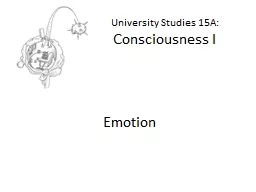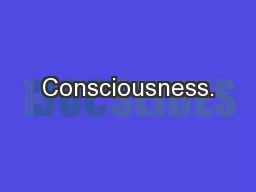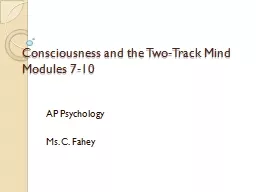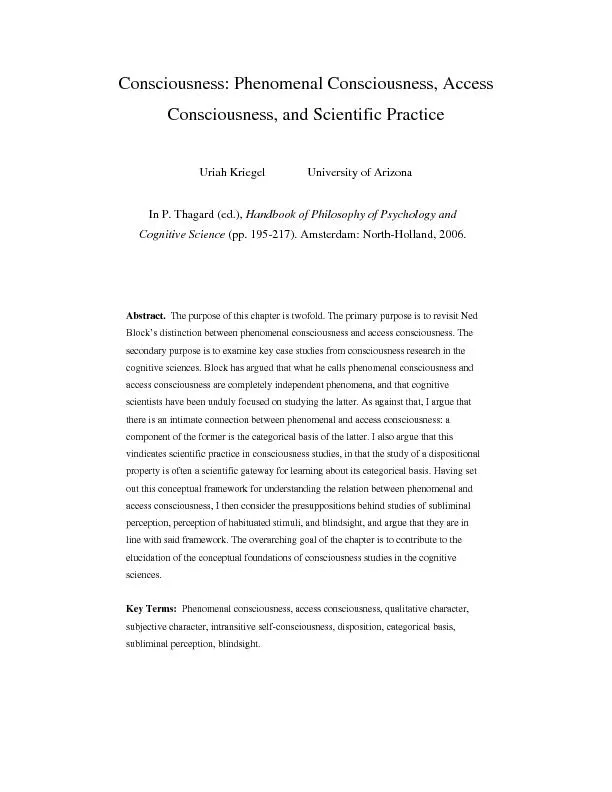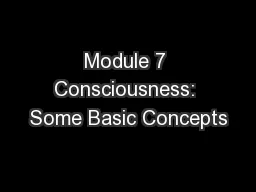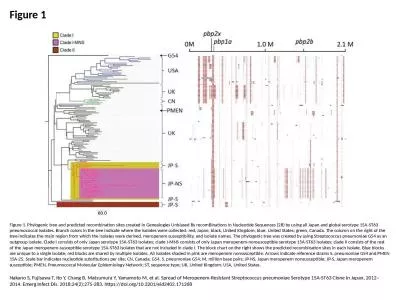PPT-University Studies 15A: Consciousness I
Author : faustina-dinatale | Published Date : 2018-09-29
Emotion Emotion will be a central element in our account of the neuroscience of consciousness The systems that underlie what we think of as emotion provide a way
Presentation Embed Code
Download Presentation
Download Presentation The PPT/PDF document "University Studies 15A: Consciousness I" is the property of its rightful owner. Permission is granted to download and print the materials on this website for personal, non-commercial use only, and to display it on your personal computer provided you do not modify the materials and that you retain all copyright notices contained in the materials. By downloading content from our website, you accept the terms of this agreement.
University Studies 15A: Consciousness I: Transcript
Download Rules Of Document
"University Studies 15A: Consciousness I"The content belongs to its owner. You may download and print it for personal use, without modification, and keep all copyright notices. By downloading, you agree to these terms.
Related Documents

